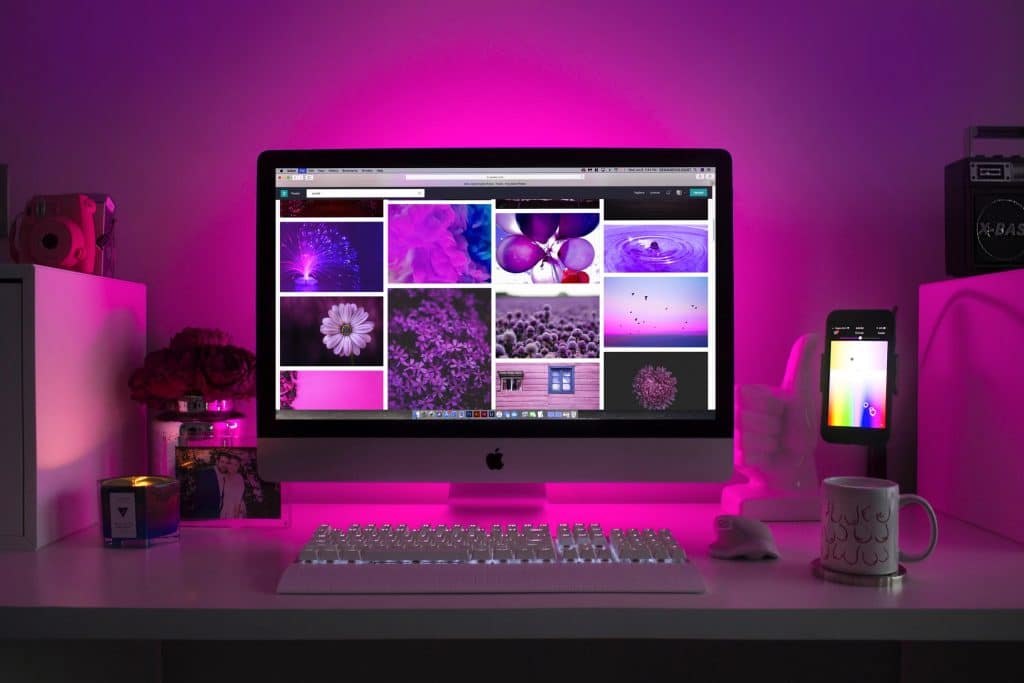You might recall a time when digital graphics – ranging from logos to icons and software interfaces – tended to be rich in elaborate detail. Gradients, which subtly blend multiple colours, were one sign of this but later supplanted by flatter designs with comparatively uniform hues.
Recently, you may have noticed gradients making something of a comeback, but does this mean you should use them? Fortunately, they aren’t quite the same as how you might remember them…
Gradients: a ’90s throwback of web design
Not too long ago, web designers were strongly warned against using gradients, lest they give the site’s visitors unwelcome memories of the aesthetically jarring websites of the early internet. Why, then, have designers recently been eager to bring gradients back?
No, it’s probably not due to the recent Toy Story, Aladdin and Men in Black films making them nostalgic for the ’90s. It’s largely because designers have learned how to use gradients more tastefully, shorn of the harsh transitions and finishes commonplace on sites of yesteryear.
When designers were having flat-out fun
The “flat” approach to design, with simple shapes and minimal textures, took off after Microsoft applied it in Windows 7, its interface largely comprising large, bright grid shapes. Apple, too, switched to flat design with iOS 7 in 2013, eschewing the skeuomorphic design previously used throughout the operating system for iPhones and iPads.
However, while flat designs were easier to produce than gradients, they don’t quite afford the same range of possibilities. This sheds light on why gradients have recently come back into fashion, albeit now blended more carefully and creatively to avoid the eyesores all too common back in the day.
How gradients can be used in web design
Whereas you might struggle to think of more than 10-15 colours suitable for flat design, adding more gradients into the mix can open up many more possibilities. Even just a splash of a gradient can make a surprisingly positive difference, as in the case of the Instagram logo.
In 2016, the social media site’s camera icon was given a gradient background imbuing it with more depth and dimension. You can expect a similar effect from asking our graphic designers to create a logo for you – whether they go for a linear, radial or conic gradient.
Don’t worry, we can talk you through any jargon – and it’s not only your logo to which you could draw more attention with a gradient. In designing your website, we can carefully tailor a gradient in the background to subconsciously direct the site’s visitors towards the page’s focal point.
We also know which colours go well together in a gradient, as well as the type of atmosphere that can be generated by particular hues. Analogous colours – colours adjacent to each other on the colour spectrum – tend to work well, as do multiple shades of the same colour, such as blue. We are only a phone call away on 01325 582112 if you would like to know more about the possibilities.


